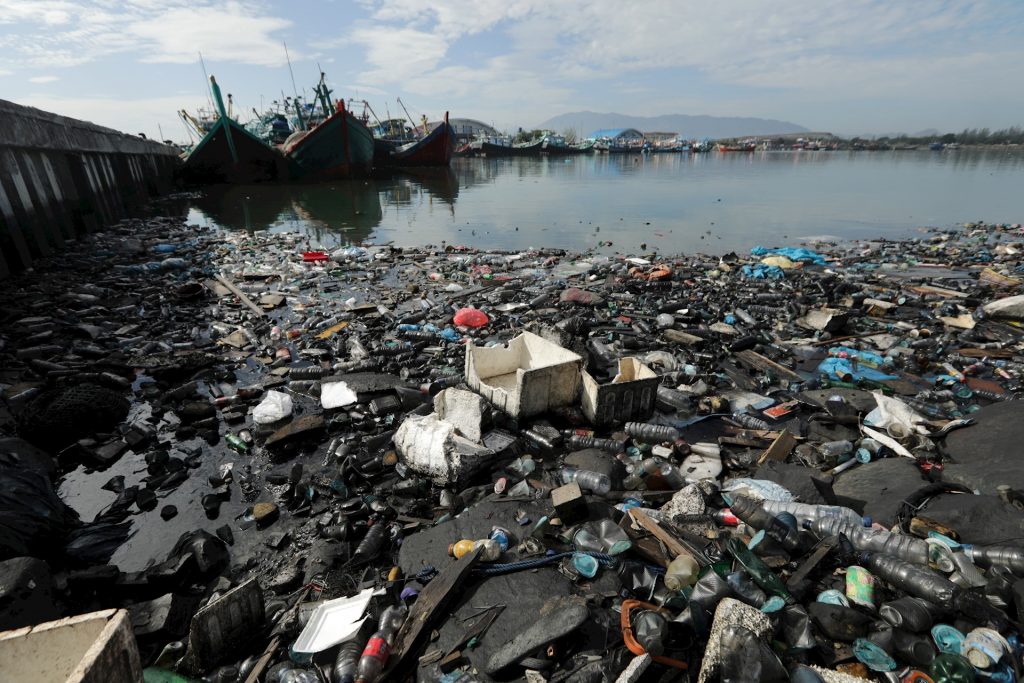The epidemic caused 8 million tons of plastic waste

COVID-19 has increased the demand for plastic from single use A team of researchers has estimated, through a model, the waste of this type associated with pandemic, of which more than 25 thousand tons enter the oceans.
greatest use face maskOr gloves or face shields, among other things in plastic, along with poor waste management, will cause a portion of it to end up in rivers and oceans, exacerbating the global problem for this type of litter, according to a study published penny.
The research, led by China’s Nanjing University and the American University of California in San Diego, indicates that in About three or four years Much of this oceanic plastic debris is expected to reach beaches or the sea floor.
A smaller portion will go to open sea, ending up trapped in the centers of ocean basins or in subtropical eddies, where they can become garbage patches, and in a polar region where plastics accumulate in the ocean. North Pole.
The team used a numerical model to estimate the pandemic’s impact on land-based plastic spills, from the beginning of the epidemic through last August.
Most of the plastics entering the ocean come from Asia Hospital waste makes up the majority of landfills, thus the study reveals the need for better medical waste management in developing countries.
The researchers found that most global plastic waste Of the epidemic reaching the ocean from rivers, Asians account for 73 percent of all plastic dumping.
The rivers that contribute most to this pollution are the Shatt al-Arab, the India and the Yangtze, which flow into the Persian Gulf, the Arabian Sea and the Sea of Eastern China.
Meanwhile, European rivers account for 11 percent of the discharges, with Minor contributions from other continents.
although Most plastic Those associated with the epidemic end up on beaches and the sea floor, and a smaller amount is likely to end up spreading or settling in the Arctic Ocean.
“We know that if waste is released from Asian rivers in the North Pacific, some of it will likely end up in
The Arctic, a kind of circular ocean that can be, somewhat, like the estuary, accumulating all sorts of things that are released from the continents,” said Amina Shartop, of University of California.
The form shows that about 80% of plastic waste The transition to the Arctic will sink quickly and a region of plastic accumulation around the pole is expected to form by 2025.
The numerical form works as “a Virtual Reality“It simulates how seawater moves driven by the wind and how plastics float on the ocean’s surface, degrade in sunlight, get filled with plankton, settle on beaches and sink into the depths,” he explained. Universities.
With information from EFE

“Travel enthusiast. Alcohol lover. Friendly entrepreneur. Coffeeaholic. Award-winning writer.”




